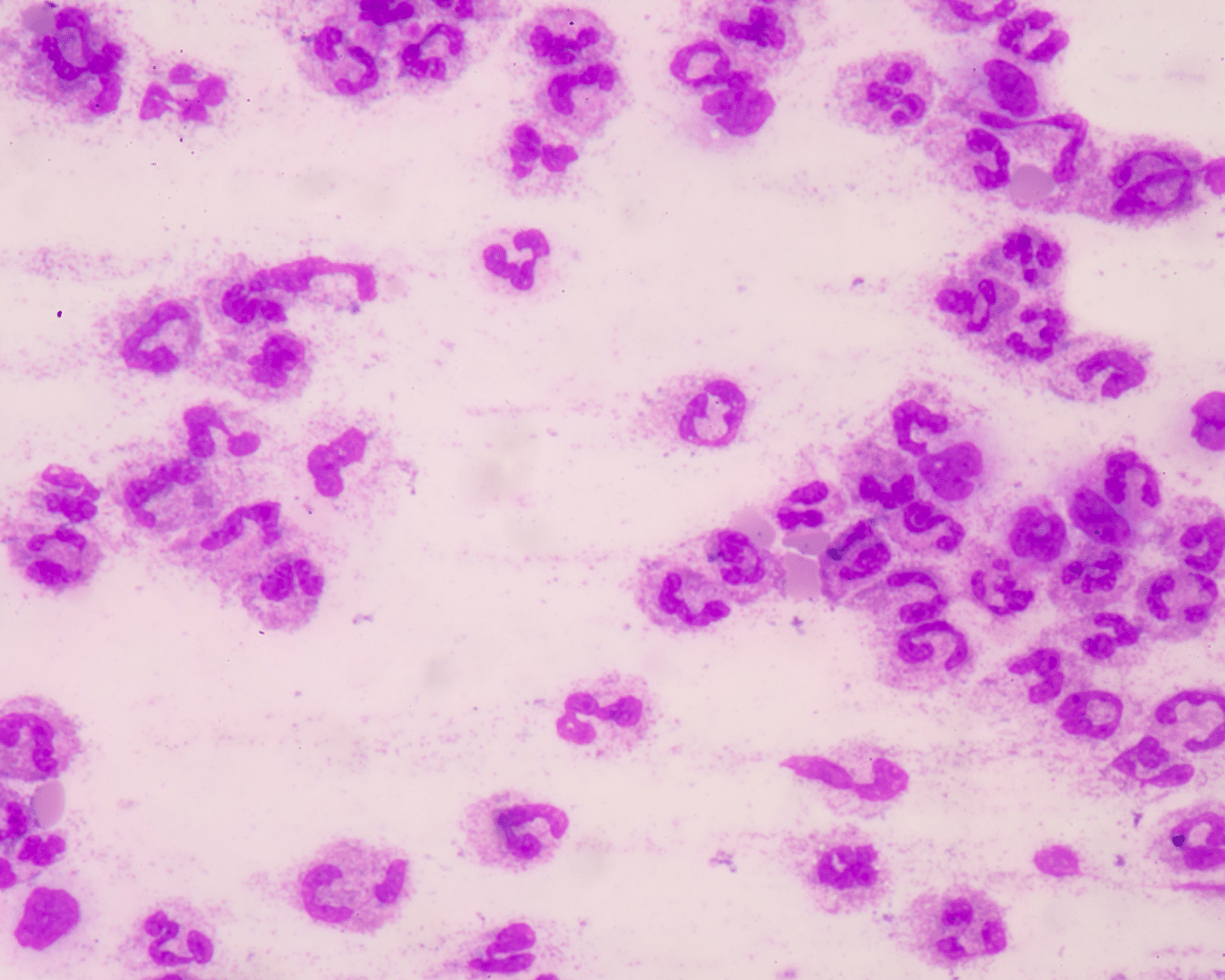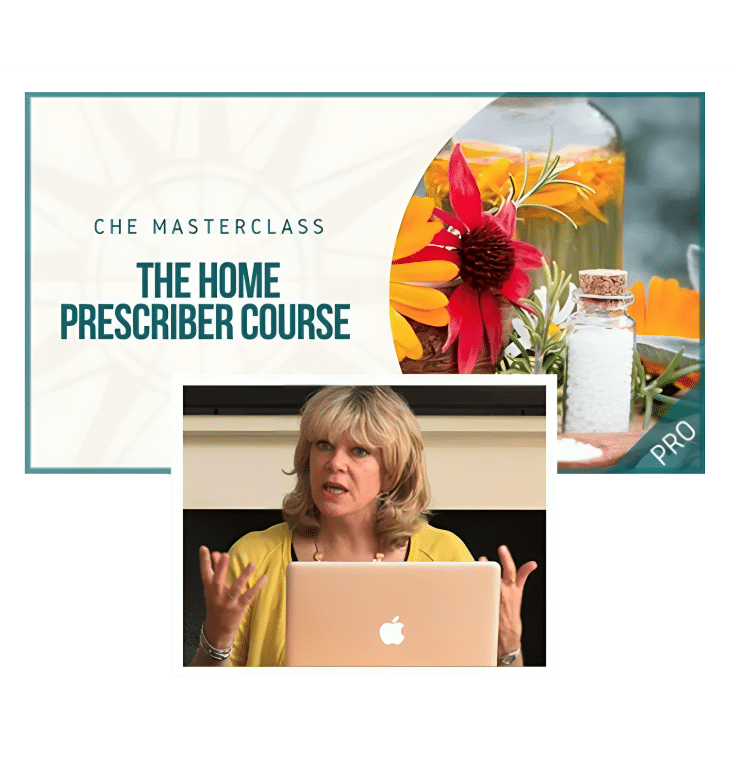
Mistletoe (Viscum album)
Mistletoe (Viscum album) Every Christmas, mistletoe hangs above doorways, inviting

In clinical homeopathy, the ability to discriminate between closely related remedies is one of the most valuable skills a practitioner can possess.

Homeopath and CHE PRO Community Manager
When cases present with collapse, toxicity, offensive discharges, restlessness, or profound weakness, Pyrogenium, Carbo vegetabilis, and Arsenicum album frequently come to mind.
Though they share overlapping indications—particularly in septic or near-collapse states—their remedy pictures are distinct. This article offers a comparative Materia Medica to support deeper clarity and confidence in prescribing.
Each of these three remedies may be indicated in:
Severe infections or systemic toxicity
Collapse states
Offensive discharges
Prostration and restlessness
Yet they differ in their pace of pathology, emotional state, reaction to temperature and movement, modalities, and mental-emotional themes. Let’s examine these distinctions in detail.
The Toxaemic State with Delirium and Discrepancy
Essence: Pyrogenium is a remedy for overwhelming infection and sepsis where there is clear evidence of systemic toxicity, often with a striking discrepancy between objective findings and subjective experience.
Pulse faster than expected for the level of fever.
Profound restlessness, driven by internal toxicity, yet patient is weak and exhausted.
Mentals: Delirium, confusion, loquacity, or alternating with stupor. The patient may talk incessantly or nonsensically.
Odour: Discharges (sweat, lochia, stools) are cadaveric or putrid.
Pain: Feels bruised; bed feels too hard.
Uses: Septic states with no clear local focus, puerperal sepsis, post-surgical infections, or where antibiotics fail and the picture remains obscure but clearly toxic.
Mental symptoms are toxic in origin (delirium, muttering, stupor).
Vital signs are out of sync (e.g., rapid pulse with low-grade fever).
Picture is systemically disturbed, even when local pathology is mild.
Collapse with Icy Coldness and Air Hunger
Essence: Carbo vegetabilis is a remedy of circulatory and respiratory failure, indicated when the vital force is nearly extinguished. It is frequently described as the “corpse reviver.”
State of collapse: Cold, ashen, weak, often after loss of fluids or shock.
Air hunger: Craves to be fanned; needs cool air. Suffocative feeling.
Mentals: Dullness, apathy, slow comprehension. Unlike Arsenicum, the patient is indifferent rather than anxious.
Odour: Flatulence, eructations, or stools are putrid, but not as cadaveric as in Pyrogenium.
Skin: Cold, clammy, cyanotic; extremities icy to touch.
Uses: Shock, surgical collapse, post-haemorrhage exhaustion, advanced respiratory failure, or late-stage sepsis.
Collapse is circulatory/respiratory, not septic-toxic.
Desire for fresh air and fanning is prominent.
Mentals are dull and apathetic, not delirious (Pyrogenium) or anxious (Arsenicum).
Coldness is pervasive and the patient wants to be uncovered.
Anxious, Burning, Restless Exhaustion
Essence: Arsenicum album is characterised by intense anxiety, burning pains, and collapse with great restlessness. It is a remedy for both toxic and functional breakdown, particularly in the GI tract and mucous membranes.
Restlessness: Driven by fear of death; constantly moving in search of relief.
Burning pains: Despite being cold, pains are described as burning and are relieved by warmth.
Mentals: Anxiety, fear of death, fastidiousness. Wants company and reassurance.
Discharges: Acrid, offensive, and often burning. Vomiting, diarrhoea, and excoriating stools are common.
Skin: Pale, sunken, anxious facial expression; often perspiring.
Uses: Food poisoning, gastroenteritis, early sepsis, respiratory tract infections with exhaustion and anxiety.
Mental state is emotionally driven: fear, anxiety, and anguish dominate.
Discharges are burning and acrid, often associated with GI symptoms.
Thirst for small sips, frequent and intense.
Always cold yet desires heat, unlike Carbo veg who craves air and dislikes warmth.

When faced with a complex case involving infection, exhaustion, or collapse, ask yourself:
Is the mental state delirious (Pyrogenium), apathetic (Carbo veg), or anxious (Arsenicum)?
Are the discharges cadaveric (Pyrogenium), gassy and putrid (Carbo veg), or acrid and burning (Arsenicum)?
Is the restlessness from toxic overload (Pyrogenium), suffocation (Carbo veg), or fear (Arsenicum)?
Does the patient crave fanning and air (Carbo veg), or warmth and sips of water (Arsenicum)?
Is the collapse state dry and toxic (Pyrogenium), icy and hypoxic (Carbo veg), or burning and anxious (Arsenicum)?
Mastering the subtle distinctions between Pyrogenium, Carbo vegetabilis, and Arsenicum album equips the homeopath to respond effectively to acute systemic states, especially in cases of infection, collapse, and toxicity. Each remedy has its own vital expression of disease, and by tuning into the specific nature of the collapse—be it septic, hypoxic, or anxious—we can more precisely meet the patient’s energetic need.
As always, remedy choice is not about the pathology alone, but the individual’s response to the crisis they are experiencing.
Disclaimer
The content shared here is intended for informational purposes only and should not be considered a replacement for professional medical advice, diagnosis, or treatment from a qualified and licensed healthcare provider. The views and opinions expressed in this presentation are those of the presenter and do not necessarily represent those of CHE or any affiliated organizations.
When Staphysagria is the right remedy, healing often involves:
It can be particularly powerful in helping people who are ready to stop being “nice” at their own expense and start honouring their emotional truth.

Mistletoe (Viscum album) Every Christmas, mistletoe hangs above doorways, inviting

Your Guide to Calc Tissue Salts Tissue salts, also known

Natrum Muriaticum vs Nitric Acid: When Defensive Minds Look Alike
